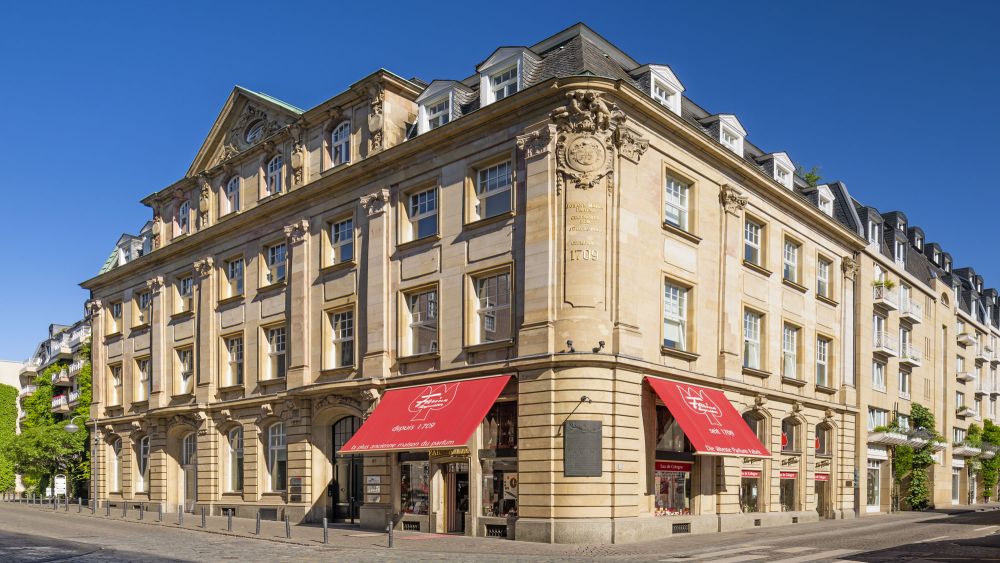

The Fragrance Museum, located in Cologne, Germany, is deeply rooted in the rich history of Cologne's perfume making tradition. Its historical significance dates back to the creation of the world-famous scent known as Eau de Cologne in the early 18th century. The museum itself is situated within the original production house of 4711, one of the oldest Eau de Cologne brands, which was established by Wilhelm Mülhens at the end of the 18th century.
Tourism at the Fragrance Museum began to flourish as people around the world gained interest in the art and science behind perfumery. The museum showcases the evolution of fragrance production and provides visitors with an immersive experience into the birthplace of cologne. Enthusiasts and historians alike are drawn to the museum to uncover the secrets of cologne-making that have been passed down through generations.
Initially appealing primarily to those with a vested interest in fragrances, the museum's tourism industry has widened as Cologne became recognized for its cultural heritage. Visitors come from all over the world, not only to learn about the history of perfumery but also to experience this unique aspect of Cologne's cultural identity.
The Fragrance Museum offers guided tours where visitors can explore the historic rooms of the Farina-Haus, which is the cradle of Eau de Cologne. During the tours, guests are exposed to the age-old traditions and ingredients that go into crafting fine fragrances. They also discover the lifestyle of the 18th century and the fascinating story of how Eau de Cologne was first marketed and distributed.
A highlight is the chance to partake in the perfume workshops, allowing visitors to create their own personal fragrance with professional guidance. These interactive experiences have become a significant draw for the museum, catering to the modern traveler's desire for personalized and unique activities.
Sustainability and authenticity are currently among the latest trends in the tourism industry, and the Fragrance Museum aligns with these values by preserving and presenting the authentic history of Cologne's perfumery industry. Interest in traditional production methods and locally sourced materials has increased, and the museum's focus on education regarding historical practices appeals to this audience.
Furthermore, the modern tourist’s preference for experiential travel is mirrored in the museum's offerings. The opportunity to engage directly in the creation of a personal fragrance meets the trend-setting demand for interactive, hands-on experiences.
As the notion of cultural tourism expands, visitors are also looking for experiences that serve to better understand the places they visit beyond the surface-level attractions. The Fragrance Museum's in-depth exploration of Cologne's historic contribution to the world of perfumery meets this trend by offering a deep cultural dive into an intangible heritage that dates back centuries.
The museum continues to adapt, supporting languages beyond German and English and integrating digital technology to enhance the visitor experience. In the future, we can expect even more interactive displays and perhaps virtual reality experiences that will allow a broader audience to immerse themselves in the world of fragrance, regardless of travel limitations.
Whether for the scent aficionado or the curious traveler, the Fragrance Museum remains a timeless institution in Cologne, consistently drawing in those interested in the city's aromatic history.